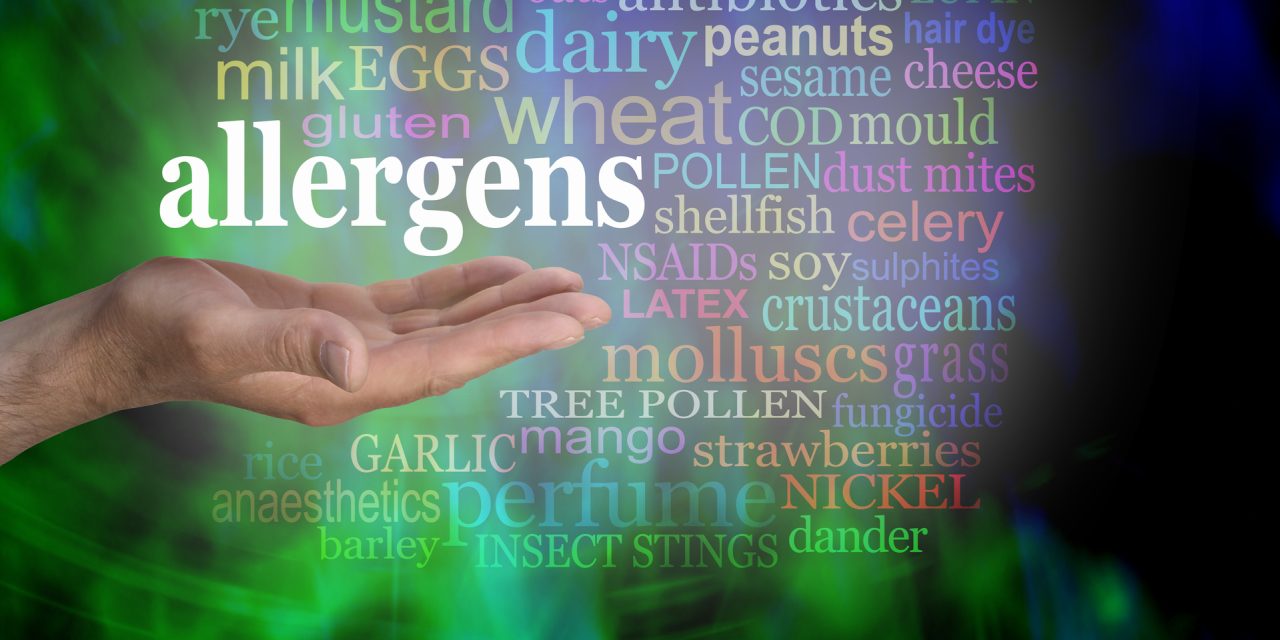Haptenation of model nucleophiles, representing the key MIE in skin sensitisation, is routinely measured in chemico to provide data for skin allergy risk assessment. Better understanding of the dynamics of haptenation in human skin could provide the metrics required to improve determination of sensitiser potency for risk assessment of chemicals. We have previously demonstrated the applicability and sensitivity of the dual stable isotope labelling approach to detect low level haptenation in complex mixtures of proteins. In the present study, we investigated haptenation in a relevant living cell model over time at a subtoxic concentration. DNCB, an extremely potent sensitiser, caused minimal changes in overall protein differential expression in HaCaT cells and haptenated approximately 0.25% of all available nucleophiles when applied at a subtoxic concentration (10µM) for 4 h. The data shows that the maximum level of haptenation occurs at 2 h and that DNCB, whilst being a promiscuous hapten, shows a preference for Cys residues, despite the considerably higher concentration of amine-based nucleophiles. Although a proportion of highly abundant proteins were haptenated, numerous haptenated sites were also detected on low abundant proteins. Certain proteins were modified at residues buried deep inside the protein structure which are less accessible to haptenation compared with surface exposed nucleophiles. The microenvironment of the buried residues may be a result of several factors influencing the reactivity of both the target nucleophile and the hapten.Copyright © 2020. Published by Elsevier B.V.
Proteomic Analysis of the Cellular Response to a Potent Sensitiser Unveils the Dynamics of Haptenation in Living Cells.


